
Following a severe flu season in the Southern Hemisphere and mounting research that egg-based flu vaccines don’t offer enough protection, experts are warning that the Northern Hemisphere may be in for a tough flu season.

Following a severe flu season in the Southern Hemisphere and mounting research that egg-based flu vaccines don’t offer enough protection, experts are warning that the Northern Hemisphere may be in for a tough flu season.

The results of 3 phase 1 clinical trials have shown that an investigational Zika purified inactivated virus vaccine was well-tolerated and induced an immune response in adult participants.
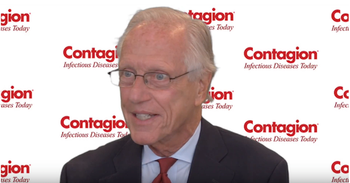
William Schaffner, MD, addresses common misconceptions regarding the influenza vaccine.

Stay up-to-date on the latest infectious disease news by checking out our top 5 articles of the week.

A new discovery could lead to a more effective live attenuated influenza vaccine offering extra protection to young children and the elderly.
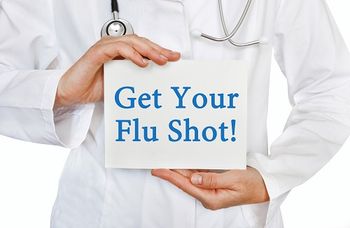
A total of 50 employees were fired after refusing to get the vaccine.

Hepatitis A outbreaks have been ravaging 5 US states, leaving health officials scrambling.

Researchers have found that the 4-component vaccine MenB-4C (Bexsero) is effective against up to 91% of strains of the bacteria Neisseria meningitidis, which causes meningococcal disease.

A group of students from Johns Hopkins win first place at the fifth annual Pfizer Case Competition by providing solution to a problem regarding pneumonia vaccine compliance.

With news of a Las Vegas-area child’s flu-related death, a new study finds that kids who receive the flu shot have a much lower risk of being hospitalized for the illness.
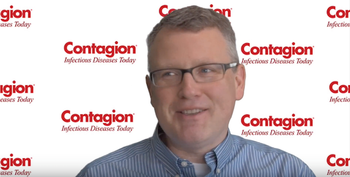
James S. Lewis, PharmD, FIDSA, discusses the role vaccination plays in reducing unnecessary antibiotic use.
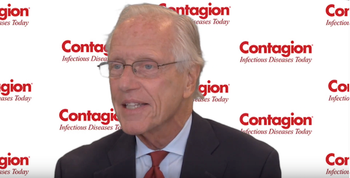
William Schaffner, MD, lists some of the common reasons behind why individuals decide against getting their flu shots, and why they should reconsider.
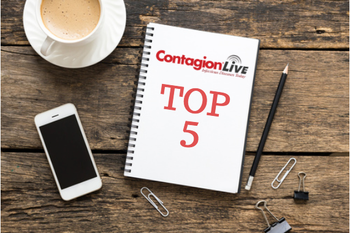
Stay up-to-date on the latest infectious disease news by checking out our top 5 articles of the week.

A research team has found that an antiviral drug available in Russia and a few other countries shows promising results when it comes to fighting Ebola virus disease.
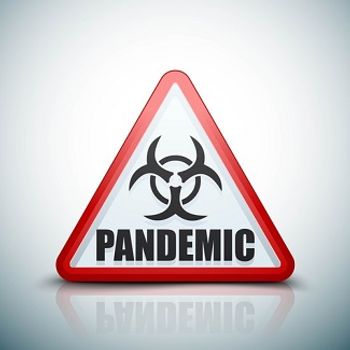
At a recent event called "The Next Pandemic," researchers agreed that the world is not ready for the next big flu pandemic and discussed what it will take to strengthen preparedness.
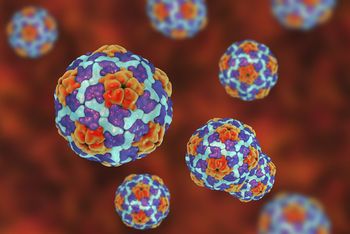
As the hepatitis A outbreak in San Diego continues, officials focus their efforts on homeless encamped along the San Diego River. Is the situation improving or getting worse?

With 264 vaccines in the pipeline in the United States, the future for the prevention of diseases appears to be extremely bright.

Stay up-to-date on the latest infectious disease news by checking out our top 5 articles of the week.
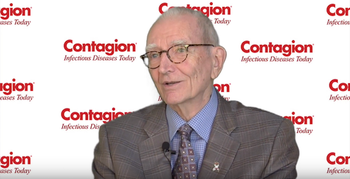
Dale N. Gerding, MD, discusses different methods used to prevent CDI recurrence.

A new study gleans troubling findings—four in 10 health care providers choose to go to work despite experiencing symptoms of infectious disease.

A short summary of key data and recommendations for 2017-2018.
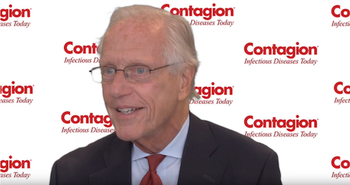
William Schaffner, MD, explains how health care providers can work towards getting patients who are aged 65 and older to receive a flu shot.

Researchers from The Scripps Research Institute have discovered why egg-based influenza vaccines offer a lower level of protection against H3N2 viruses.

In case you missed them, we've compiled the top 5 articles from this past week.
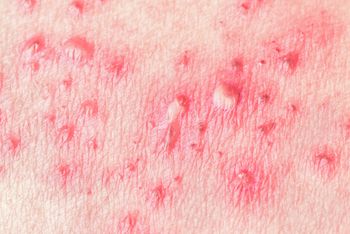
The CDC’s ACIP recommends newly FDA-approved Shingrix as the preferred vaccine for the prevention of shingles in individuals 50 years of age or older.